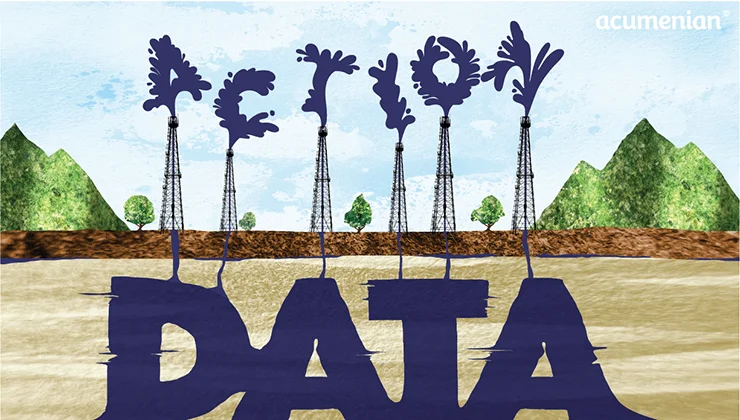Acumenian is now Consertus. We’re the same trusted team with deep industry expertise—now with expanded capabilities to meet your capital program goals. Explore more at consertus.com
- Email: info@acumenian.com
- Phone: 954-469-4444
Acumenian is now Consertus. We’re the same trusted team with deep industry expertise—now with expanded capabilities to meet your capital program goals. Explore more at consertus.com
